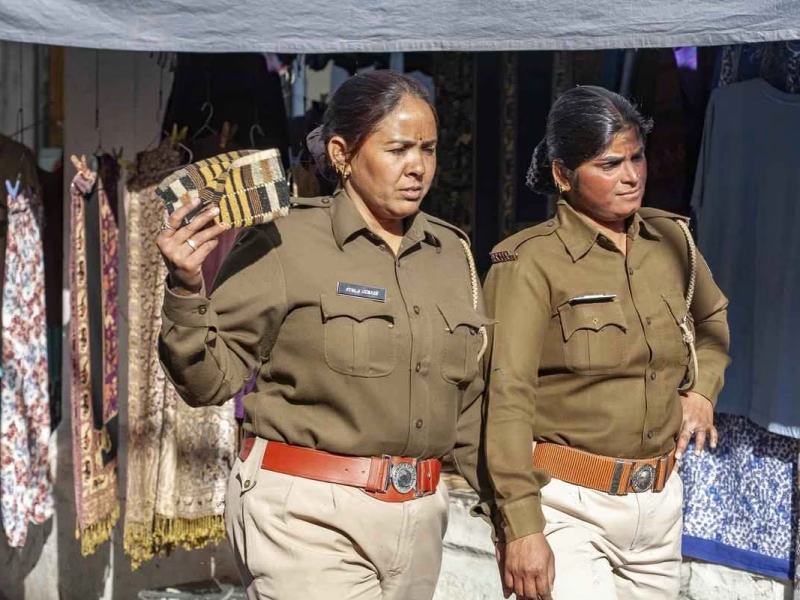The India Justice Report (IJR) 2025 presents a comprehensive analysis of justice delivery across India, highlighting significant disparities. Released in April 2025, this report ranks states based on their ability to provide justice, with southern states such as Karnataka, Andhra Pradesh, and Telangana leading the pack. The evaluation is structured around four key pillars: police, judiciary, prisons, and legal aid. While some progress is visible, the report uncovers persistent challenges in areas such as infrastructure, representation, and resources.
State Rankings at a Glance
In terms of justice delivery, Karnataka emerges as the top-performing large state, followed closely by Andhra Pradesh and Telangana. Kerala and Tamil Nadu round out the top five. For smaller states, Sikkim retains its position at the forefront. The rankings are determined through data-driven assessments, reflecting the performance of justice systems across various dimensions.
Gender and Representation Gaps in the India Justice Report
The IJR 2025 raises serious concerns about the gender imbalance within India’s police forces. Despite over 20 lakh police personnel, fewer than 1,000 women hold senior ranks. Alarmingly, no state meets its gender quotas for police representation. Additionally, Scheduled Castes and Scheduled Tribes are significantly underrepresented in officer positions. While certain improvements, such as women’s help desks and enhanced CCTV surveillance, are noted, many police stations still lack basic infrastructure and facilities.
Judiciary: Struggling with Shortages and Backlogs
India’s judiciary continues to grapple with a severe shortage of judges. With just 15 judges per million people, the country falls well short of the Law Commission’s recommended figure of 50. The situation is particularly dire at the High Court level, where one in three positions remain vacant. Meanwhile, district courts are overwhelmed, with an average of 2,200 cases per judge. The gender disparity is also evident, as women represent 38% of district judges but only 14% at the High Court level.
Prisons: Overcrowded and Underfunded
The prison system is stretched beyond its capacity, with the national average occupancy rate at a staggering 131%. In some regions, overcrowding is even more severe. A troubling 76% of prisoners are undertrials, and healthcare within prisons is woefully inadequate, exacerbated by an insufficient prisoner-doctor ratio. While video conferencing has helped in communication, many other systemic problems remain unresolved.
Legal Aid: Inadequate Funding and Access
Legal aid in India remains grossly underfunded, with the national per capita spending on legal assistance amounting to a meager ₹6 annually. This paltry investment hinders access to legal support, particularly for marginalized groups. Although some states have made efforts to increase their legal aid budgets, the overall system remains insufficient to meet the needs of the population.
State-Specific Highlights
- Tamil Nadu excels in prison management but faces challenges in policing and legal aid.
- Karnataka stands out as the only state to meet quotas in both police and judiciary sectors.
- Uttar Pradesh suffers from the highest levels of overcrowding in its prisons.
- Bihar leads the way in the representation of women within the state police force.
- Gujarat faces concerning levels of judicial vacancies that remain unaddressed.
The India Justice Report 2025 provides a crucial snapshot of the gaps and challenges in the justice system, underscoring the need for continued reforms to ensure equal and efficient justice delivery across the nation.












